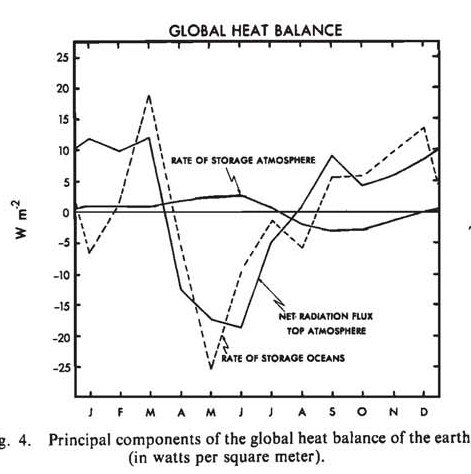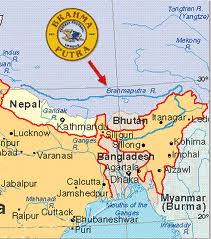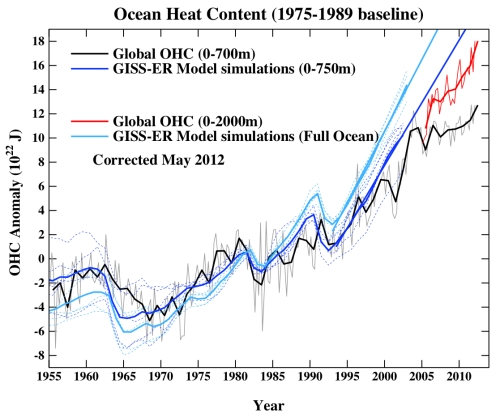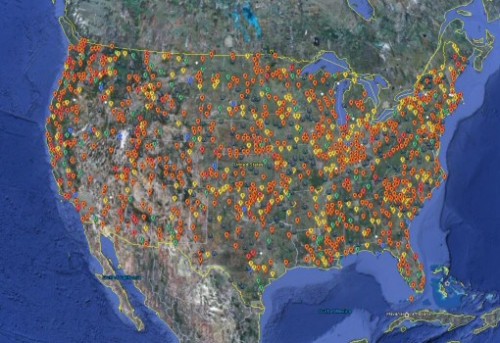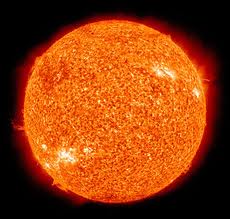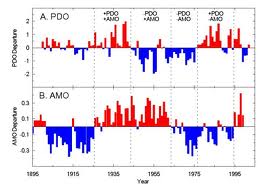I was alerted by Professor Karen O’Brien of the University of Oslo to an important new paper that reports on the need to complete textual vulnerabiltiy assessments of risks to key societal and environmental vulnerabilities, as we propose in our article
Pielke Sr., R.A., R. Wilby, D. Niyogi, F. Hossain, K. Dairuku, J. Adegoke, G. Kallos, T. Seastedt, and K. Suding, 2012: Dealing with complexity and extreme events using a bottom-up, resource-based vulnerability perspective. AGU Monograph on Complexity and Extreme Events in Geosciences, in press.
We refer to Karen’s very important research on this topic in our AGU article. In our article we discuss the two approaches to vulnerability:
- the top-down approach (comparitive vulnerability)
- the bottom-up, resource based approach (contextual vulnerability)
The top-down approach (comparitive vulnerability) is the adopted approach in the IPCC reports.
The new paper is
Romero-Lankao, P., et al., 2012: Vulnerability to temperature-related hazards: A meta-analysis and metaknowledge approach. Global Environ. Change.
The abstract reads [highlight added]
Research on urban vulnerability has grown considerably during recent years, yet consists primarily of case studies based on conflicting theories and paradigms. Assessing urban vulnerability is also generally considered to be context-dependent. We argue, however, that it is possible to identify some common patterns of vulnerability across urban centers and research paradigms and these commonalities hold potential for the development of a common set of tools to enhance response capacity within multiple contexts. To test this idea we conduct an analysis of 54 papers on urban vulnerability to temperature- related hazards, covering 222 urban areas in all regions of the world. The originality of this effort is in the combination of a standard metaanalysis with a meta-knowledge approach that allows us not only to integrate and summarize results across many studies, but also to identify trends in the literature and examine differences in methodology, theoretical frameworks and causation narratives and thereby to compare ‘‘apples to oranges.’’ We find that the vast majority of papers examining urban vulnerability to temperature-related hazards come from an urban vulnerability as impact approach, and cities from middle and low income countries are understudied. One of the challenges facing scholarship on urban vulnerability is to supplement the emphasis on disciplinary boxes (e.g., temperature–mortality relationships) with an interdisciplinary and integrated approach to adaptive capacity and structural drivers of differences in vulnerability.
The authors report that “the vast majority of papers examining urban vulnerability to temperature-related hazards come from an urban vulnerability as impact approach“. This is the top-down comparitive vulnerability approach. The authors argue for a bottom-up (contextual vulnerabilty approach), which Pielke et al 2012 also concluded is needed.
The highlights listed by the authors are:
- Studies on urban vulnerability are based on conflicting theories and paradigms.
- Thirteen factors account for 66% of the tallies of urban vulnerability determinants.
- Reviewed papers mostly come from the urban vulnerability as impact paradigm.
- Scholarship focuses on short time horizons and the city as level of analysis.
- Cities from middle and low-income countries are understudied.
Among the conclusions are
The urban vulnerability as impact lineage is dominatedby epidemiological studies and top-down assessments.
The central message of our study is that what we know depends fundamentally on what questions we ask and how we go about answering those questions (i.e., the kind of methods and data we use or have available to us). Our combined meta-analysis and meta-knowledge exercise highlights the fact that while a great deal of research has been done addressing urban vulnerability to temperature-related hazards, the vast majority of studies fall under a single research paradigm – the urban vulnerability as impacts approach. Although this paradigm has made important contributions to the understanding of urban vulnerability, it tends to ignore other equally fundamental dimensions and determinants; to produce a set of explanatory variables that are tightly constrained by the availability of data, particularly in developing countries; and it omits any attempt to gain ethnographic knowledge of behavioral norms, social networks and risk perceptions that are equally relevant to understanding urban vulnerability.
The dominance of the urban vulnerability as impact paradigm suggests that more studies should be undertaken that apply the inherent urban vulnerability and urban resilience approaches. For instance, studies under an inherent urban vulnerability paradigm can explore underlying societal processes by which assets and options at the individual, family or community level (e.g., self-help housing or access to social networks) allow urban households to adapt, but can also shed light on why in many cases these personal assets are not enough to reduce urban populations’ vulnerability because of the role the state plays in shaping adaptive capacity through such means as promoting economic growth and poverty reduction. Meanwhile, an urban resilience framework holds promise to integrate across disciplines and illuminate a more complete set of drivers of urban vulnerability.





